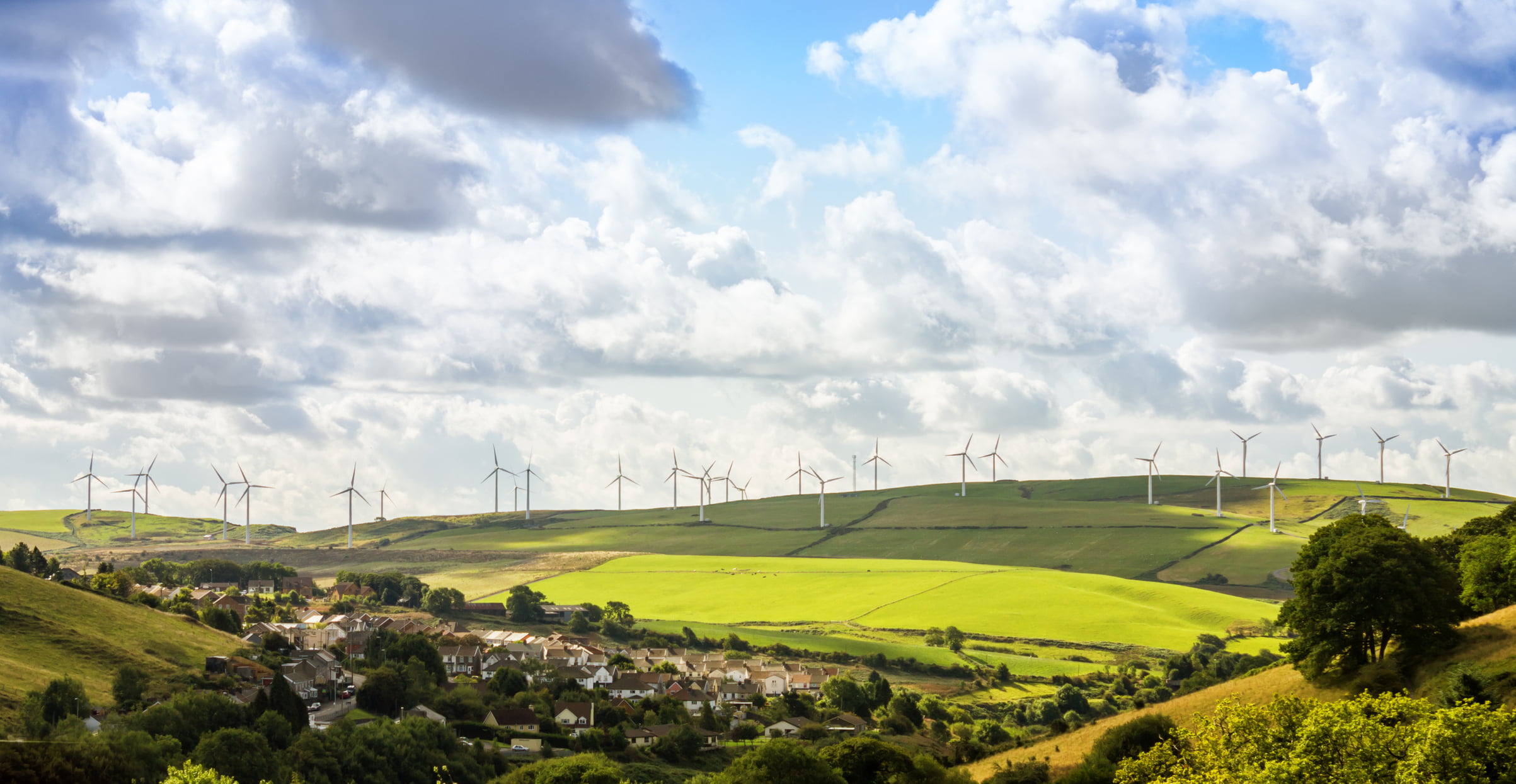The world’s eyes will focus on all UK nations during November’s COP26 meeting in Glasgow. More than 190 leaders will discuss climate change and how to cap average annual global temperature rises to 1.5°C before 2050.
Northern Ireland’s 1.9 million population makes up 3% of the UK’s population but accounts for 4% of its emissions. However, Northern Ireland has seen a 20% reduction in its greenhouse gas emissions since 1990.
Unlike the rest of the UK’s devolved parliaments, Northern Ireland has complete control of its energy policy. It is a member of the all-island Integrated Single Electricity Market (I-SEM) with the Republic of Ireland. I-SEM states energy policies must provide efficient, interconnected energy to both sides of the border. The Republic and Northern Ireland also share an electricity grid.
The unique context of Northern Ireland — its extensive rural areas, less extensive gas network, reliance on personal vehicles, and strong renewable energy potential — are just some areas that provide both challenges and opportunities to cut carbon emissions.



